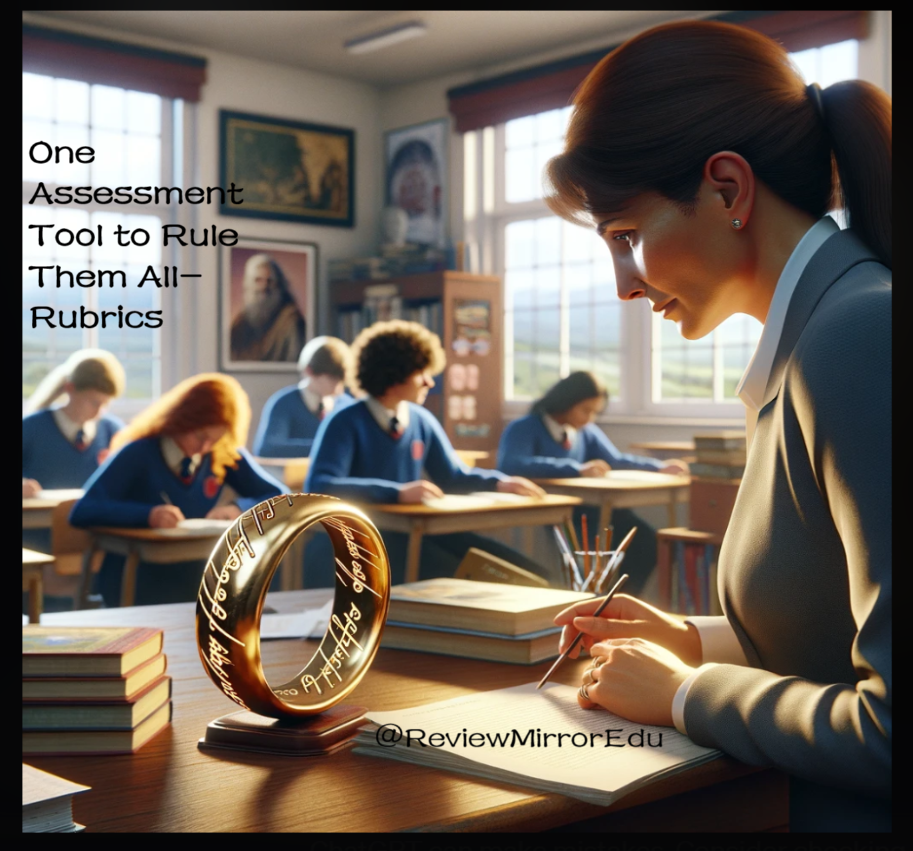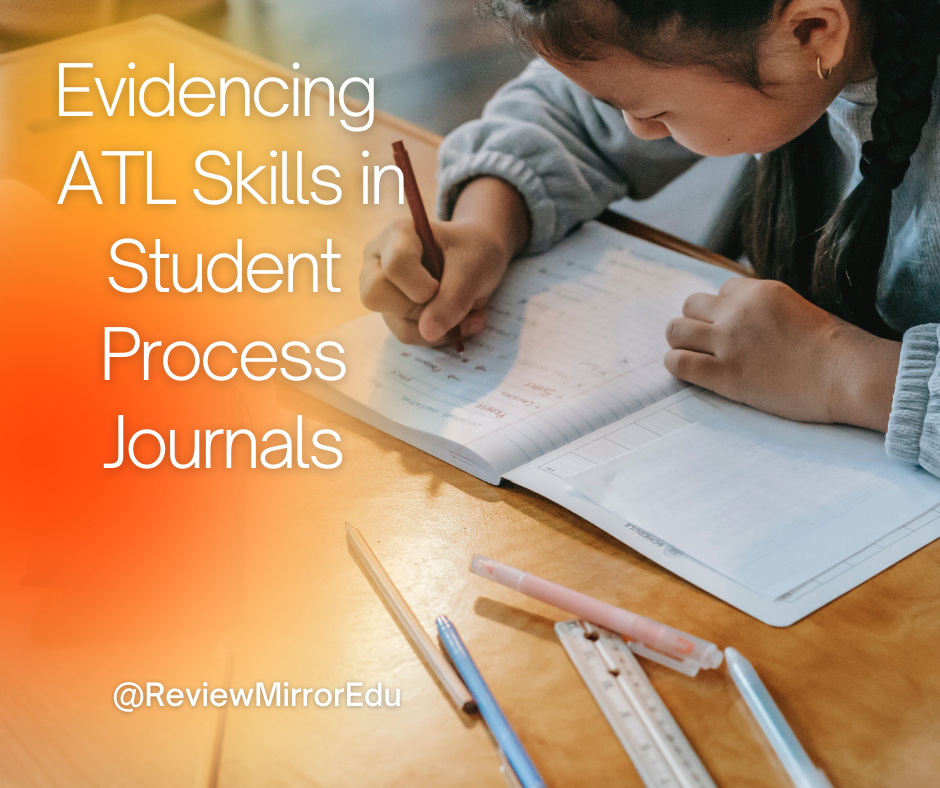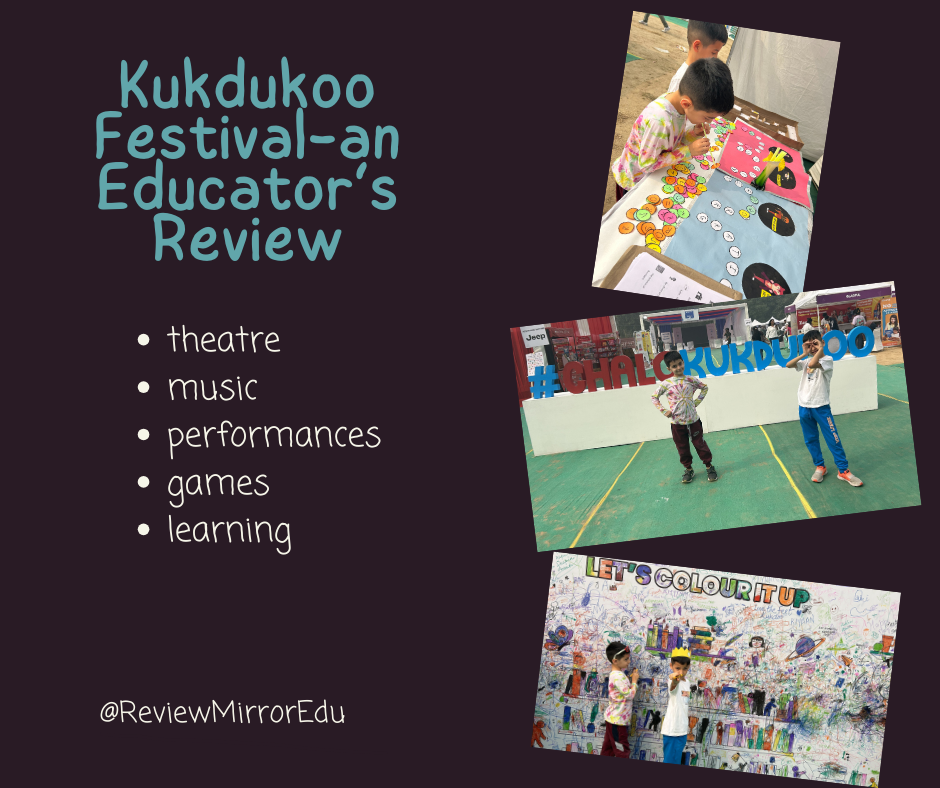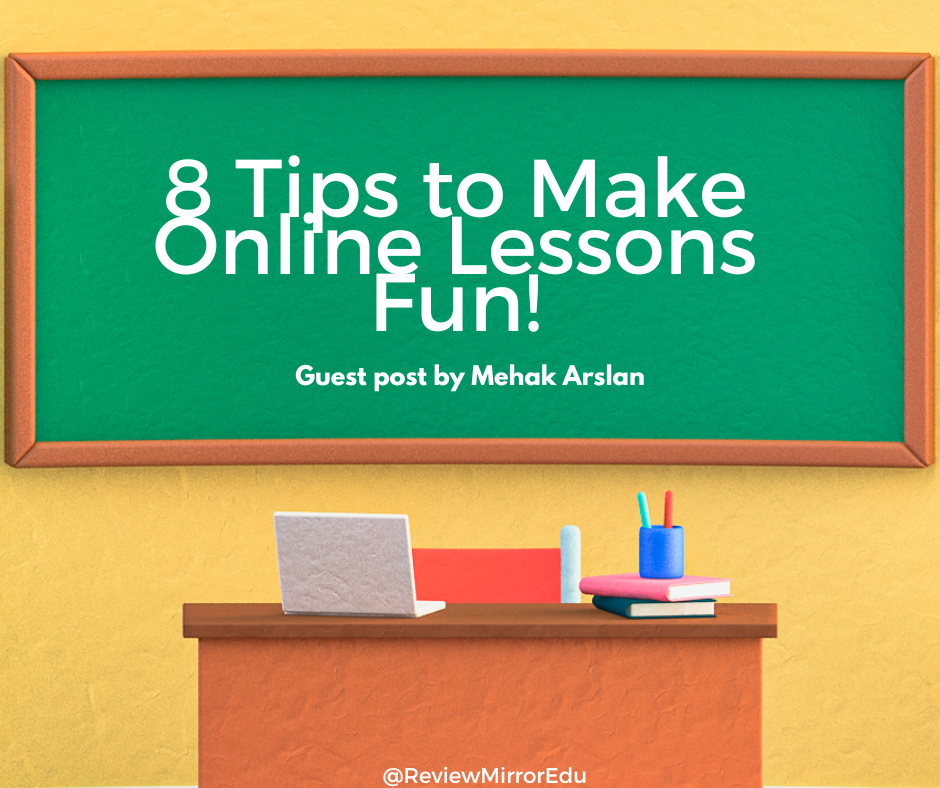The inquiry method is designed for learners to develop their individual interests while reinforcing that there is never a single ‘correct’ answer. Individual differences are celebrated in this pedagogy and children are inspired to build on what they know and venture forth into the unknown courageously. When a child uncovers a new nugget of information, is promotes further questioning.
The inquiry method can be utilized in any classroom as it is a unique method of approaching a concept.
For example, the answer to 2+2 will always be 4, it is the methodology of how to get to the answer that is of paramount importance.
Tweet
The inquiry method stresses on the significance of the journey of getting to the answer rather than the answer itself.
When we first shifted online, we struggled with how to integrate the inquiry process to the virtual platform. After trial and error, we were able to find a sweet spot with our young inquirers blooming in the comfort of their own homes.
We embarked on our unit on ‘Earth’ online and were able to infuse inquiry into every activity. The third graders required to understand the fundamental structure of the Earth and were able to visually connect with its shape and layers through an exciting resource- a Ferraro Rocher chocolate. While the students salivated and held themselves back from snacking on the miniature globes, we slowly peeled back the layers of the chocolate. They were able to liken the Ferraro’s layers to the layers of the Earth, especially the core of the Earth in the form of the hazelnut within.

Once the learners had established a sound understanding of the shape and structure of Earth, learners began investigating the variations in soil and its layers. As I had students scattered all over the globe during the pandemic, we asked them to gather samples of soil and observe its properties. They took notes on whether it was rocky, grainy, had a particular colour and much more. They then spoke about their findings online and discovered that soil in different parts of the country/world is impacted by the landscape. Through these experiments, learners grasped that understanding why something happens is more vital than simply citing a fact.

While on an inquiry expedition, an array of resources are used in the virtual classroom such as guest speaker sessions, virtual tours and more. While the learners explored landforms and how they are evolving, learners began to differentiate between primary and secondary resources as well. They pledged to maintain academic honesty while writing their answers and became more aware of plagiarism.
At any given time, I was a mere facilitator, gently steering them towards areas that would further and deepen their understanding of the central idea.
Tweet
Students connected the dots and uncovered individual interests in an assortment of landforms and made models to demonstrate their knowledge. They also expressed themselves according to their own learning style. Some children created models of landforms while others made PowerPoint presentations or mind maps.


Learners also commenced inquiring into how landforms are altering at local and global levels. They examined Brazil’s rainforests being taken over by farmland and its consequences at a global level. They also tackled issues closer to home such as the Aravali forests being decimated due to mining activities.
Learners recognized that humanity faces the same issues all over the globe while appreciating the value of coming together as a community to solve problems together.
Tweet
Students also made predictions about what would happen if human activities continued the same way.


While the unit was in progress, we began working together on the ‘Climate Action Project’ which sensitized our young ones to the impacts of climate change. This project was undertaken virtually and piqued the student’s interest enormously. We were able to recruit the support of several guest speakers to enlighten the next generation on the climate crisis. One of the speakers was Ms. Licypriya Kangujam who has addressed world leaders at the United Nations Climate Change Conference 2019. The children took pledges to save the environment, planted trees and took substantial actions towards reversing climate change.

When we were within the confines of the four walls of school, we used to take field trips during our units to build on the learner’s understanding of the lines of inquiry.
When we shifted online, we found a plethora of virtual field trips that we could execute during our virtual lessons. We even took the students for a virtual field trip inside the Earth thanks to technology!
Tweet

It has been quite a journey to find a path back to inquiry in the virtual classroom and I’m pleased to say that we have reached a happy equilibrium. These were but a few examples that speak volumes about our student’s education voyage. It seems that online learning is here to stay, and we will keep working towards enhancing the spirit of inquiry of our young ones! Leave a comment below to tell us about how you incorporate technology into the virtual classroom!





Leave a comment